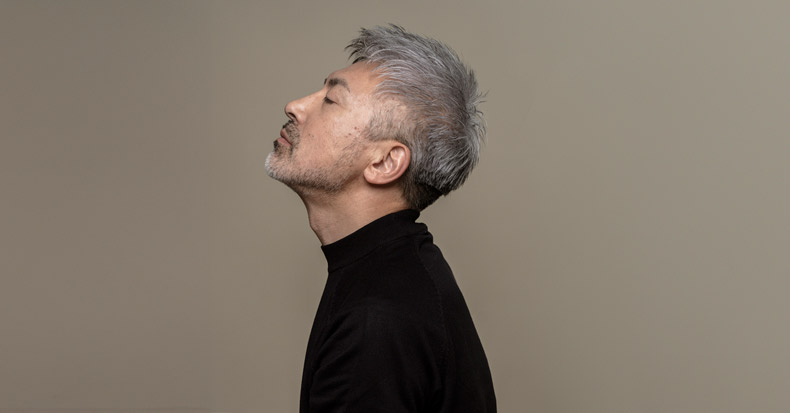The temporomandibular joint (TMJ) is one of the most intricate and frequently utilized joints in the human body, working in conjunction with the internal and external pterygoids, masseter, and temporalis muscles to open and close the jaw, as well as stabilizing the hyoid bone during swallowing and protecting the airway while chewing and talking. Musculoskeletal issues that affect normal TMJ function are characterized under the general term of temporomandibular disorders (TMD). Symptoms associated with TMD include joint noise (clicks, catching, or grinding), pain, altered jaw motion, and restricted opening. While there are several potential causes for TMD linked to the jaw area itself, in recent decades, there has been a growing body of research supporting cervical dysfunction, poor neck posture in particular, as an underlying cause worth investigating in the event standard treatment fails to yield a satisfactory result.
The head is balanced on the neck in alignment with the trunk, as seen from the side. However, because of the increased use of screens and electronic devices, it’s become common for people to exhibit more of a forward head posture. That is, the head rests forward of the trunk. This forces the soft tissues at the rear of the head, neck, and upper back/shoulders to work harder to keep the head upright, elevating the risk for injury to the associated tendons, muscles, ligaments, joints, and nerves—some of which may also play a role in temporomandibular function.
In cases in which a TMD patient presents with either poor neck posture or neck pain, treatment to address the cervical region may help alleviate their jaw pain and other TMD-associated symptoms. Additionally, studies have found that TMD patients with jaw pain lasting longer than three months, increased sensitivity in the masticatory muscles, co-occurring headaches, co-occurring hearing complaints, and more severe and disabling TMD symptoms may also benefit from treatment restoring normal posture and function to the cervical spine. At least three systematic reviews published in 2023 found that manual therapies applied to the neck region can lead to improvements in pain, pain sensitivity, and function in the jaw.
These findings highlight the importance of considering the whole patient when managing a musculoskeletal condition like TMD—an approach common among doctors of chiropractic. This includes a careful review of the patient’s history and a thorough examination of not only the area of chief complaint but adjacent regions of the body to identify any issues that may contribute to or even cause the patient’s current pain or disability. In the case of TMD, especially longer lasting or more severe symptoms, it makes sense to examine the cervical spine as well.
